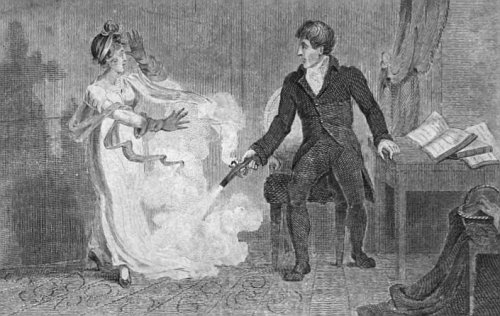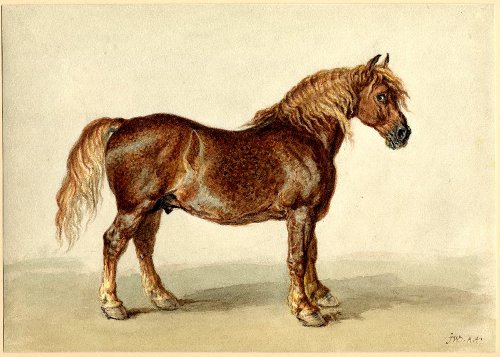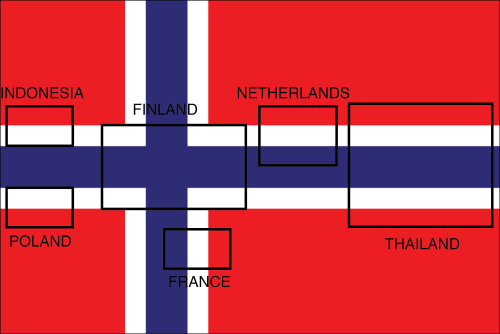
We detect that a rhododendron flower is odorless by smelling it. But do we smell its odorlessness? We detect that tofu is flavorless by tasting it. But do we taste its flavorlessness?
— Roy Sorensen, Seeing Dark Things, 2008

We detect that a rhododendron flower is odorless by smelling it. But do we smell its odorlessness? We detect that tofu is flavorless by tasting it. But do we taste its flavorlessness?
— Roy Sorensen, Seeing Dark Things, 2008

In central Panama, the sun rises in the Pacific and sets in the Atlantic.
Hallucinations reported in a 1955 study of alcohol withdrawal in which subjects were allowed to drink heavily for up to 87 days, then abruptly cut off:
Somewhat related — from a sleep-deprivation study in 1965:
Isbell, H., et al. “An Experimental Study of the Etiology of Rum Fits and Delirium Tremens.” Quarterly Journal of Studies on Alcohol 16, no. 1 (March 1955): 1-33.
Ross, John J. “Neurological Findings After Prolonged Sleep Deprivation.” Archives of Neurology 12, no. 4 (April 1, 1965): 399–403.
(Thanks, Bob and Patrick.)

anserine
adj. of or resembling a goose
In 1936, Polish mathematician Stanislaw Mazur offered a live goose to the first person who could determine whether every Banach space has a Schauder basis. Thirty-seven years later, his Swedish colleague Per Enflo claimed the prize. The ceremony was broadcast throughout Poland. (Thanks, Jeremy.)
In the public gardens at Halifax, there is an eccentric goose that seems to manifest a genuine affection. Whenever a certain old gentleman, whose name we do not know, approaches the pond and calls ‘Bobby,’ the goose will leave the pond and sit beside him, and when he leaves to go home, will follow close at his feet, like a dog, to the gate, and sometimes into the street, when it has to be forcibly put back, to its manifest disgust, for it goes off to its native element twisting its tail with indignation, and giving vent to sundry discordant squeaks. The old gentleman says he has never fed it, or petted it in any way, which makes it more remarkable; but we are told by a frequenter of the gardens that about two or three years ago a man used to come there and feed this identical goose regularly, so we are inclined to think that it is a case of mistaken identity on the part of his gooseship. Anyway, it is an interesting question for ornithologists to solve, whether geese (supposed to be the most stupid of birds) have memory and can experience the sensation of gratitude.
— James Baird McClure, ed., Entertaining Anecdotes From Every Available Source, 1879

Suppose I pour poison in the water tank of a space ship while it stands on earth. My purpose is to kill the space traveller, and I succeed: when he reaches Mars he takes a drink and dies. Two events are easy to distinguish: my pouring of the poison, and the death of the traveller. One precedes the other, and causes it. But where does the event of my killing the traveller come in? The most usual answer is that my killing the traveller is identical with my pouring the poison. In that case, the killing is over when the pouring is. We are driven to the conclusion that I have killed the traveller long before he dies.
— Donald Davidson, “The Individuation of Events,” in N. Rescher et al., eds., Essays in Honor of Carl G. Hempel, 1969

This wooden model was created by the late Japanese puzzle inventor Nob Yoshigahara. It appears “impossible only from this one viewpoint,” notes Caltech neuroscientist Al Seckel, who presented it in his 2006 book Optical Illusions. “This time we won’t reveal the solution. We want you to think about it!”

In 1769, inspired by Rousseau’s Émile, British author Thomas Day set out to train the perfect wife. He adopted foundlings of 11 and 12 years old, named them Sabrina and Lucretia, and took them to France, where he tried to rear them in isolation.
This went well at first — under Day’s direction, Sabrina wrote to one of his friends: “I love Mr. Day dearly and Lucretia. I am learning to write. … I hope I shall have more sense against I come to England. I know the cause of night and day, winter and summer. I love Mr. Day best in the world, Mr. Bicknell next, and you next.”
But it fell apart within 18 months. When the girls began to quarrel and tease him, he returned to England, placed Lucretia with a chamber milliner, and concentrated on Sabrina. But she screamed when he fired pistols at her petticoats (trying, at Rousseau’s suggestion, to accustom her to “détonations les plus terribles”), and she winced unheroically when he dropped sealing wax on her arms. Finally he released her to a boarding school, where in time she grew up to be “an elegant and amiable woman.”
In 1780, Day finally did find a wife who “often wept but never repined” at his “frequent experiments upon her temper and attachment.” But even that didn’t last — he died, ironically, while trying to break a horse.

Written by German composer Peter Cornelius in 1854, “Ein Ton” has a single note for a melody — the note B is repeated 80 times in 42 bars.
I hear a tone so wondrous sweet
In heart and spirit of repeat.
Is it that breath that from thee fled,
The last faint breath e’er thou wert dead?
Nicolas Slonimsky writes, “Of course, there are constant modulations so that harmonic changes make up for monotony.”

On Feb. 29, 1868, London’s Langham Hotel sponsored a “horseflesh dinner” to see whether the popular prejudice against the eating of horses might be overcome in English society. About 150 influential Londoners dined on “saucissons de cheval,” “aloyau de de cheval farci,” and “gelée de pied de cheval au Marasquin.”
“Men looked at each other curiously while eating, and each course ran the gauntlet of puns and satire,” reported Charles Dickens’ All the Year Round.
But the consensus was negative. “There are, no doubt, numerous proofs that the flesh of the horse is, at any rate, a wholesome food, and indeed there seems no reason why it should not be,” opined the Medical Times and Gazette. “The dishes we tasted … were all palatable. … [But] horseflesh leaves a pungency on the palate that is not agreeable — a pungency that reminds one of what one has been eating for some time after the meal is over.”
“I came back from it a wiser and a sadder man,” reported zoologist Francis Trevelyan Buckland. “In my opinion, hippophagy has not the slightest chance of success in this country; for, firstly, it has to fight against prejudice, and, secondly, the meat is not good.”
Also: “During the dinner, photographs of the horses which we were eating were handed round, and the appearance of one of these was, I think, the turning point of the argument.”
I don’t know who first observed this — the design of Norway’s flag contains those of six other countries:

The similarities are apparently accidental — designer Fredrik Meltzer had chosen the Nordic cross to reflect his nation’s ties with Denmark and Sweden and the tricolor to evoke the liberal ideals of France, the Netherlands, the United Kingdom, and the United States.
(Thanks, Nic.)